An experimental fighter developed from the almost identical Polikarpov SI (TsKB-21) fighter. Armament of one 20mm ShVAK cannon in the nose and six .30 cal ShKAS machine guns in the wings.
History:
Before talking about this unique project, which appeared in 1940, we will return to five years ago. May 7, 1935 Deputy Chief of the GUAP B. Margolin addressed the head of the Central Design Bureau-39 S. Ilyushin with the question of studying our possibilities to create an aircraft capable of breaking the world speed record, since the Stalinist slogan: "... fly faster than everyone, higher all and further all ... "begins with the main motto of aviation" faster "!!! With the rest of the mottos - higher and further - our aviation seemed to be in order. The unofficial flight altitude record, established on November 21, 1935 on a flying frame with a motor (I-15), was equal to 14,575 m. Repeated long-distance flights were also a failer. But the speed record - not a single one ... Task N2 Polikarpov, who was engaged in fighters, got the task. The coveted speed limits were: 600 km / h for land planes and 800 km/h for sea aircraft (floats). The land-based aircraft were presented with one air-cooled engine (following the example of the American record holder of 1932, "GB" with its world achievement of 435 km / h. It was equipped with an engine speeded up to 1,000 hp. At that time we did not have such engines, and Polikarpov moved the main attention to the engines of water cooling "Hispano-Suiza" 12V ("I-C" 12V), which could be boosted by increasing the cylinder diameters, the use of drive centrifugal superchargers and increase compression ratio. The increase in power with the unchanged engine geometry "I-C" 12V was possible from 860 to 2,100 hp (for heavier M-34 engines, the power increase was from 750 to 2,250 hp). Reduction of the resource role did not play. It was important to get a speed record. After evaluating the variant of the power plant, consisting of a pair of consecutively installed "I-C" 12V engines, a high-speed fighter (SI) project was developed with the registration number of TsKB-21. It was a two-beam plan with spaced vertical stabalizers and retractable landing gear. The longitudinal spar of the engines for the most convenient placement of offensive weapons was placed by the output shafts back and equipped with two pushing coaxial propellers of 2.85 m in diameter. A central pod was mounted on the center wing; a ShVAK cannon, a pilot's cockpit, and engines with a bypass transmission for the rear propeller.
To create a record-holding airplane, TsKB-21 decided to disarm it and place on floats, and it was easier, by the decision of the TsKB chief, to make the former brigade No. 3 headed by G. M. Beriev. True, this division of the Central Design Bureau was transferred back to Taganrog in 1933, closer to the sea. In 1935, Beriev (Beriashvili) was engaged in developing and maintaining a series of high-speed naval reconnaissance, ICBM-2, in which the Navy was in desperate need. The CDB-21 project was hanging due to the complexity of improving the ICBM-2, which was built in Moscow at plant number 39. When the naval intelligence agent was finished in development, the project of TsKB-21, which V. K. Tairov and M. R. Bisnovat engaged in the second team, was simply forgotten, and not somebody, but the government of the country, not so long ago dreamed of world speed records.
This project was recalled in OKB-31 in 1939, when a slogan was thrown into the domestic aircraft industry: "You give the best high-speed fighter!" And so, by January 1940, the former project of the Polikarpov SI (TsKB-21), had been transformed into the twin-engine high-speed fighter B-10 armed with the same ShVAK gun and the same ShKAS machine guns. To achieve the design maximum speed of 765 km/h, it was planned to use two engine designs of the same V. Y. Klimov, as in the previous M-100 project. The new engines were called the M-107, and they had a takeoff power of 1,400 hp. and nominal at an altitude of 7000 m - 1,250 hp. A lot has been improved in the new project. The equipment that replaced the onboard devices that was in existence five years ago was renewed. Improved was the radiator group, placed in the compartment between the engines, and, finally, the chassis, which received the front pillar, radically changed. She was cleaned up under the pilot's cabin, and her wheel was now behind the pilot's back. Crutches and shock absorbers were removed from the vertical plumage. Due to the significant release of the wing center wing from the large wheels of the previous project, it became possible to place fuel tanks of much higher capacity, which of course affected the increase in the flight range (1950 km instead of 1350 km). Developing a modification of the B-10 with a laminar wing profile, the designers hoped to increase the maximum speed to 818 km / h. Other performance characteristics corresponded to the spirit of time and power of the power plant.
Three-view drawing of Beriev B-10

Inboard profile of B-10

Artist's rendering of Beriev B-10
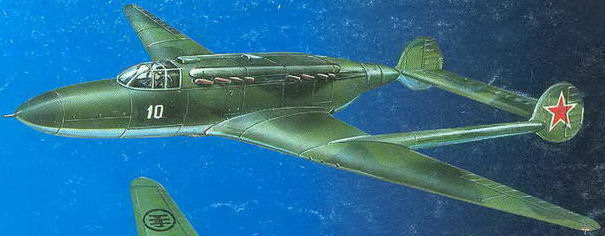
Three-view drawing of B-10M seaplane

Specifications
General Characteristics
- Created On iOS
- Wingspan 65.8ft (20.0m)
- Length 59.8ft (18.2m)
- Height 13.0ft (4.0m)
- Empty Weight 6,106lbs (2,769kg)
- Loaded Weight 13,271lbs (6,019kg)
Performance
- Horse Power/Weight Ratio 0.21
- Wing Loading 22.4lbs/ft2 (109.2kg/m2)
- Wing Area 593.4ft2 (55.1m2)
- Drag Points 2716
Parts
- Number of Parts 87
- Control Surfaces 14
- Performance Cost 386


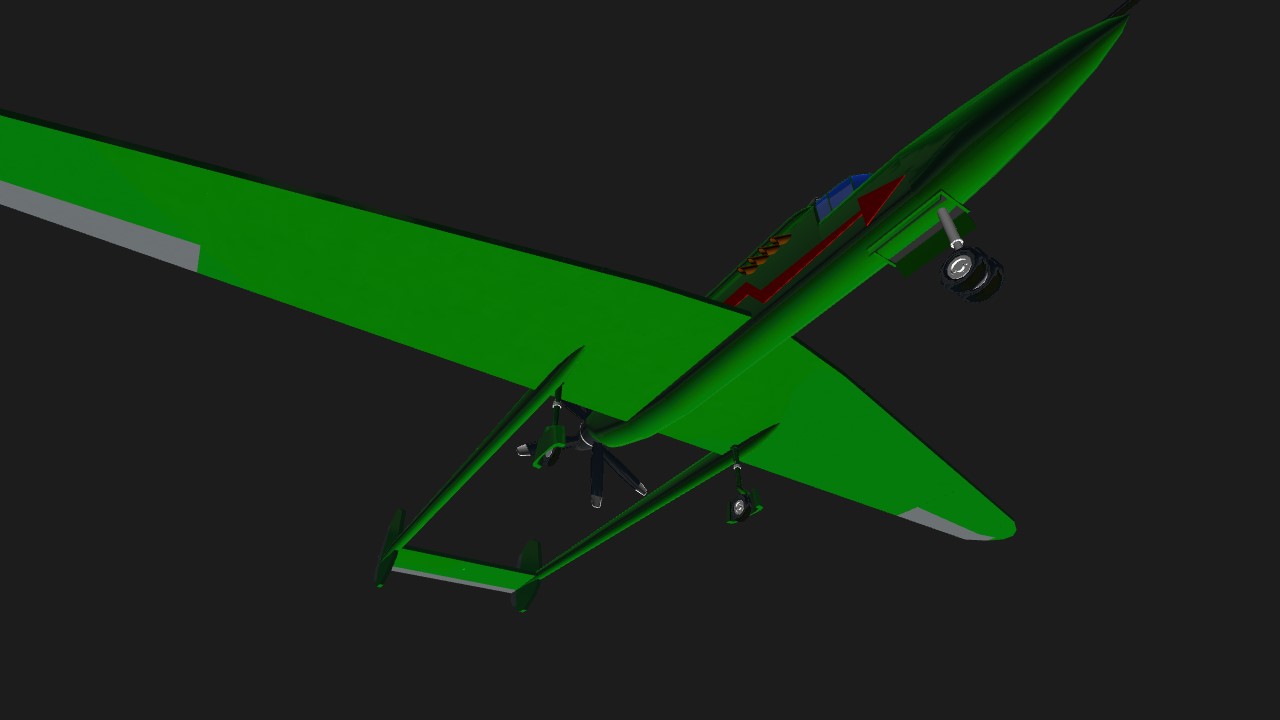
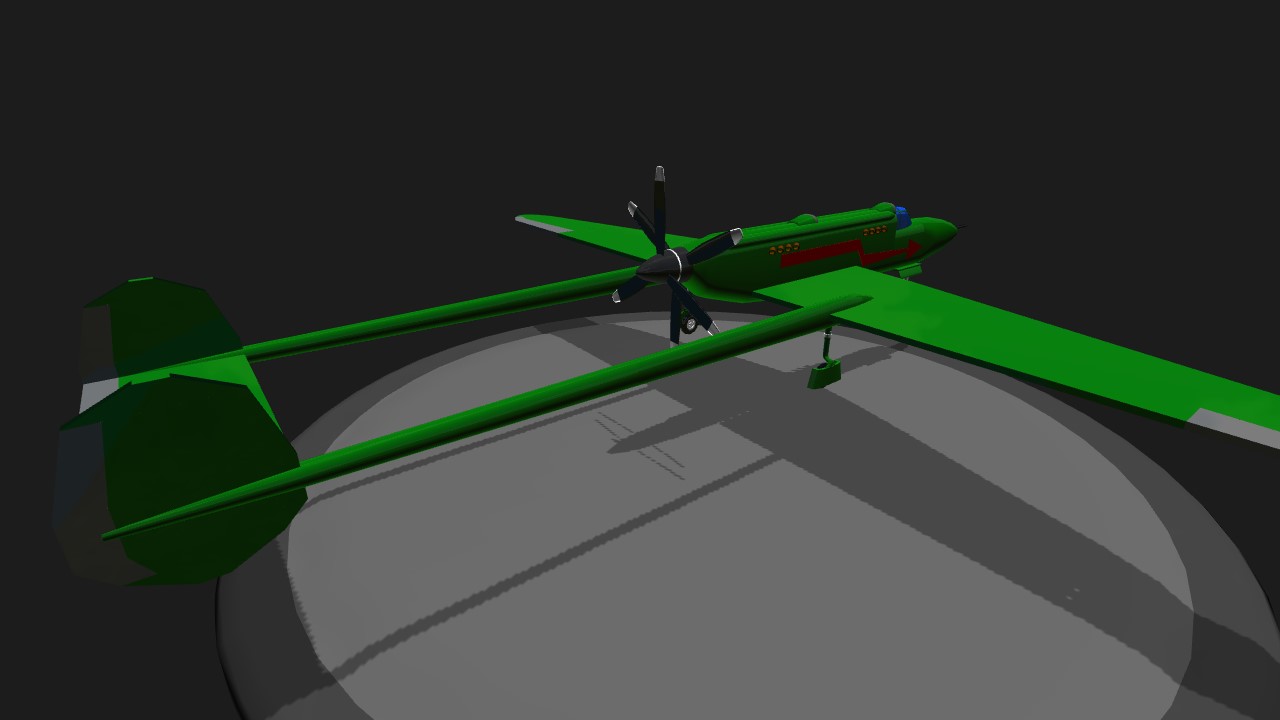
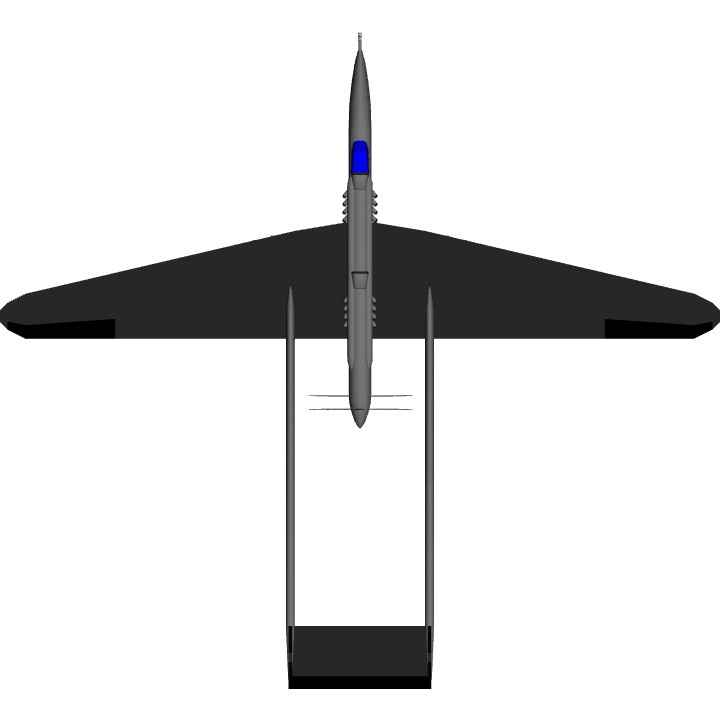

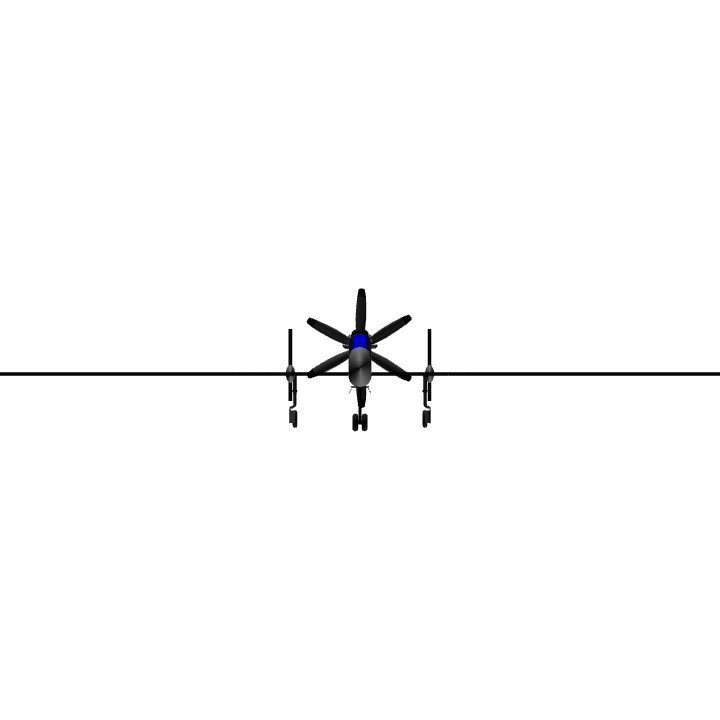
Thank you! @Trainzo
Cool replica . Nice job .
Thank you for the upvote! @ThePrototype